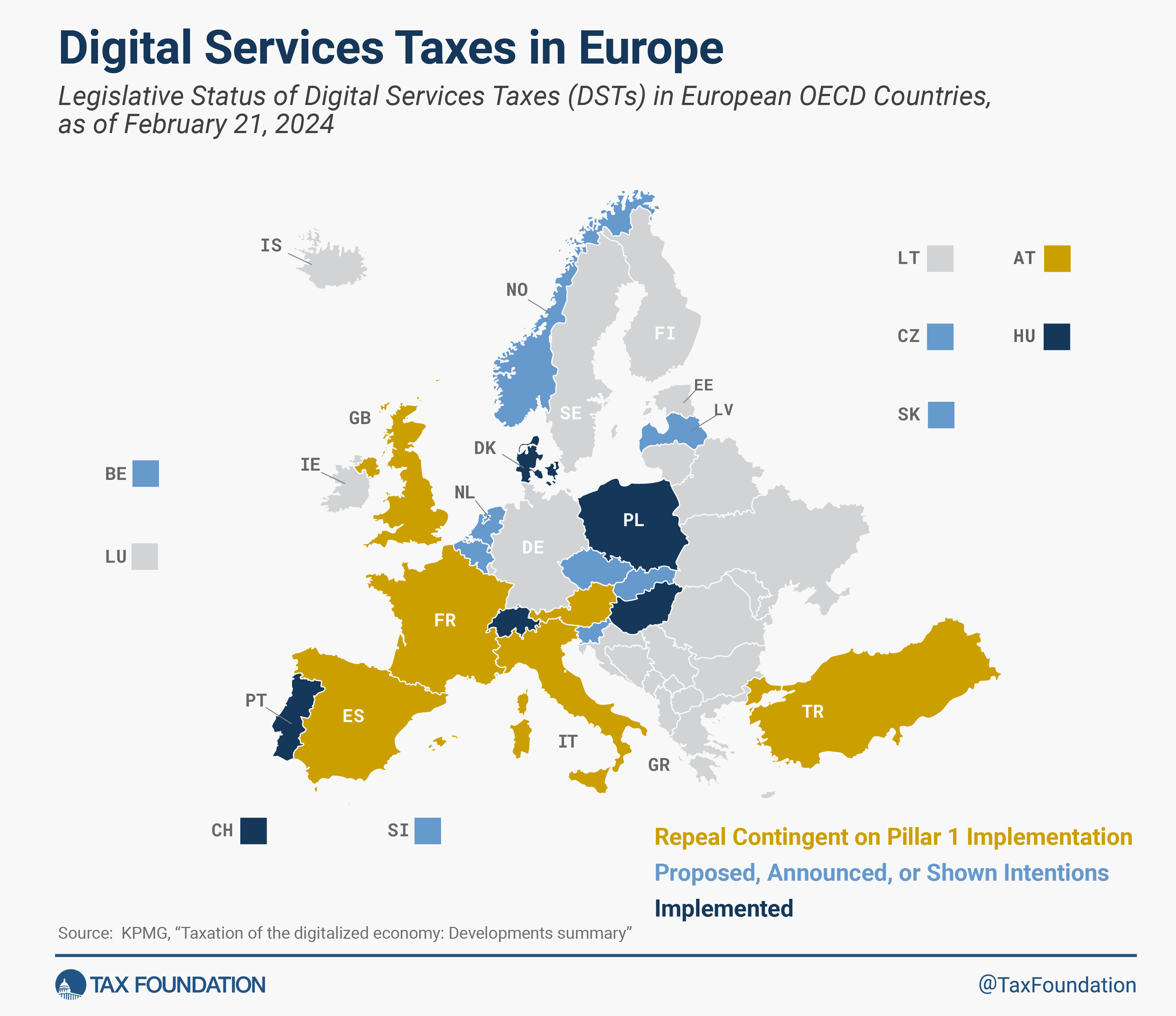Opportunity Zone Tax Incentives: Details & Analysis
Despite evidence that place-based tax incentives have been largely ineffective in raising the economic fortunes of people in low-income neighborhoods, an undeterred Congress created Opportunity Zones (OZs) in the 2017 Tax Cuts and Jobs Act. A recent analysis by economists at Treasury’s Office of Tax Analysis cautions that while it’s too soon to reach conclusions regarding the effectiveness of Opportunity Zones, the available data suggests the big winners are investors and developers, not poor residents.
Previous place-based programs, such as Empowerment Zones and New Markets Tax Credits, have featured tax credits as the principal means of incentivizing new investment. The tax incentive for Opportunity Zones is very different. It allows taxpayers who have a large capital gain to either defer or reduce the tax owed on that gain by investing in a Qualified Opportunity Fund (QOF). In turn, these funds invest in specific projects in Opportunity Zones.
Opportunity Zones offer three levels of tax relief for investors:
- Taxpayers may defer tax on the gain until they sell their stake in the QOF or until the end of 2026, whichever comes first.
- If taxpayers keep the investment for at least five years, they may exclude 10 percent of the gain from their taxable income. Taxpayers who hold onto the investment for seven years may exclude 15 percent of the gain from their taxable income. These provisions sunset after 2026.
- If taxpayers hold onto the investment for at least 10 years, they still must pay tax on the original capital gain but do not pay additional tax on the new gain from their investment.
The study’s authors make an interesting observation about the different incentive effects of place-based policies. The idea behind the use of tax credits, they write, is to make a negative-return investment profitable, whereas the capital gains approach is to “make a good return greater.” Thus, it creates a strong incentive for taxpayers to make investments that will appreciate greatly in market value.
This may be the fatal flaw in Opportunity Zones. It explains why most of the investments have been in real estate—which tends to appreciate faster than other investments—and in Census tracks that were already improving before being designated as Opportunity Zones.
Designated Opportunity Zones Seem Like Worthy Targets for Investment
To be considered an Opportunity Zone, a Census track had to be designated a low-income community (LIC) or contiguous to an LIC. Of the roughly 73,000 Census tracks in the 50 U.S. states, more than half were eligible for consideration. Of these, 7,826 were designated by the Treasury after being nominated by their respective states.
Nearly 86 percent of Opportunity Zone Census tracks are in urban areas. Compared to eligible tracks that were not chosen, they tend to have lower median incomes, more minority residents, fewer residents with college educations, fewer homeowners, and higher unemployment rates. Clearly, they seem like worthy targets for economic development.
Less Than Half of Eligible Opportunity Zones Have Benefited from Investment
When Treasury economists reviewed the tax returns reporting OZ investments, they found that “investment in OZs was geographically broad, covering each state.” However, less than half of eligible OZs (48 percent) had received any investment at all by 2020, and 95 percent of those invested zones were in urban areas.
In 2020, QOFs held about $48 billion in assets. According to the Treasury report, the District of Columbia, Oregon, Colorado, Utah, and Arizona had the largest shares of OZs receiving qualified investments, while Kansas, New Mexico, Alabama, Iowa, and Illinois had the lowest shares of OZs receiving investments. For unknown reasons, the report found that Western states and the District of Columbia received a disproportionate share of qualified OZ property investment.
Real Estate Projects in “Economically Better-Off” Zones Get the Most Investment
The data also shows that taxpayers have been selective in both the Census tracks and business sectors they invest in. Real estate was the preferred industry for investment dollars, attracting 68 percent of OZ investments. Far behind were finance and insurance at 5 percent and construction at 4 percent. “Other” unspecified industries comprised 23 percent.
Treasury economists found that the zones that have benefited from investment have generally been economically better off. Looking at the demographic and economic trends in the years leading up to OZ enactment in 2017, the data shows little relationship between the poverty rate and zones receiving investment. The racial composition of the various zones also stayed relatively stable. But zones that received investments were already improving in other key factors.
For example, zones that received investments had higher median incomes, lower unemployment rates, more residents with bachelor’s degrees, and higher median home values. The correlation between these factors and OZ investment is so strong that the authors determined that about 84 percent of the investments were located in just 10 percent of the zones.
In other words, investment has flowed to the least impoverished OZs. This no doubt reflects the program’s incentive to make good returns greater. Investing in more impoverished zones carries a higher risk of poor returns.
Investors Tend to Be High-Income Individuals
Some 84 percent of taxpayers reporting investments in QOFs are individuals; the rest include corporations, partnerships, and estates. These individuals are responsible for nearly two thirds of the deferred capital gains invested in OZs.
Not surprisingly, OZ investors are high-income individuals. In 2020, the median individual investor had nearly $730,000 in adjusted gross income. Treasury reports that the median deferred gain was $250,000 while the average amount invested was more than $1 million.
Opportunity Zones Have Yet to Show Positive Results in Key Metrics
While Treasury economists may believe that it is too soon to judge the effectiveness of OZs, their study does review some of the leading academic efforts to measure OZs’ impact on employment, poverty, commercial investment, and startups. The results mirror the underwhelming impact of other place-based tax incentive programs such as Empowerment Zones and New Market Tax Credits.
Several academic studies have looked at the impact of OZs on labor markets and found mixed results. One study did find that employment rose 3 to 4.5 percent in OZs located in metropolitan zones but found no employment effect in nonmetropolitan zones. Another study found little evidence of job postings in OZs, while a third study found “little change in the employment rate of zone residents, a small increase in average annual salaries, and no positive impact on poverty rates.”
OZs’ impact on business investment was even less promising. One study found no evidence that OZ designation affected startup investment while a similar study found no impact on commercial business investment. Another study using credit card data found “no statistically significant impact on new business creation, new business loan growth, and consumer spending measures.”
The Real Measure Is How Opportunity Zones Benefit Low-Income Residents
As underwhelming as these results are, the Treasury authors caution that “An increase in measured economic activity within a targeted area does not necessarily mean that the low-income residents of the area benefit from the incentive.” In other words, studies often assess data incidental to the actual well-being of the residents the investments are intended to benefit. But the early evidence indicates that making a “good return greater” through Opportunity Zone tax incentives is an ineffective and poorly targeted way to raise the living standards of low-income residents.
Stay informed on the tax policies impacting you.
Subscribe to get insights from our trusted experts delivered straight to your inbox.
Subscribe
Share






